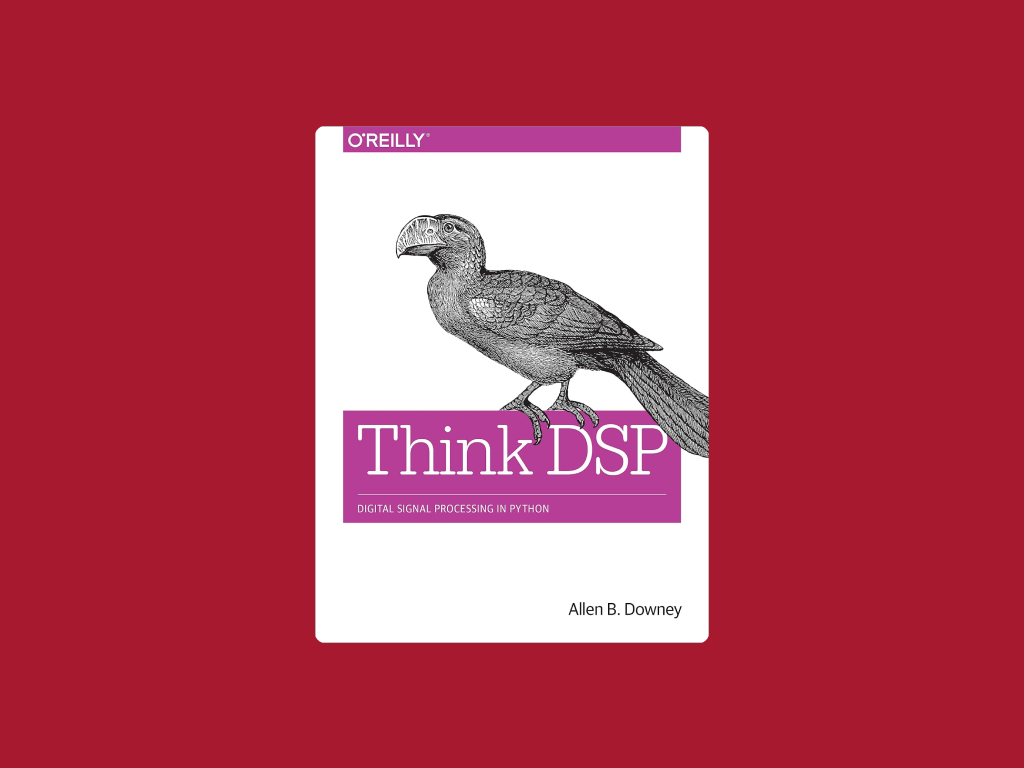Description
Module 1: Introduction to DevOpsBy the end of this module, you'll be able to:Understand what DevOps is and the steps to accomplish itIdentify teams to implement the processPlan for the transformation with shared goals and timelinesPlan and define timelines for goalsModule 2: Choose the right projectBy the end of this module, you'll be able to:Understand different projects and systems to guide the journeySelect a project to start the DevOps transformationIdentify groups to minimize initial resistanceIdentify project metrics and Key Performance Indicators (KPI's)Module 3: Describe team structuresBy the end of this module, you'll be able to:Understand agile practices and principles of agile developmentCreate a team and agile organizational structureIdentify ideal DevOps team membersSelect and configure tools for collaborationModule 4: Migrate to DevOpsBy the end of this module, you'll be able to:Design a tool integration strategyDesign a license management strategy (e.g. Azure DevOps and GitHub users)Design a strategy for end-to-end traceability from work items to working softwareDesign an authentication and access strategyDesign a strategy for integrating on-premises and cloud resourcesModule 5: Introduction to source controlBy the end of this module, you'll be able to:Understand source controlApply best practices for source controlDescribe the benefits of using source controlModule 6: Describe types of source control systemsBy the end of this module, you'll be able to:Apply source control practices in your development processExplain differences between centralized and distributed version controlUnderstand Git and TFVCDevelop using GitModule 7: Work with Azure Repos and GitHubBy the end of this module, you'll be able to:Describe Azure Repos and GitHubLink Azure Boards and GitHubMigrate from TFVC to GitWork with GitHub Codespaces
Tags
Syllabus
Syllabus Module 1: Introduction to DevOpsIntroductionWhat is DevOps?Explore the DevOps journeyIdentify transformation teamsExplore shared goals and define timelinesKnowledge checkSummaryModule 2: Choose the right projectIntroductionExplore greenfield and brownfield projectsDecide when to use greenfield and brownfield projectsDecide when to use systems of record versus systems of engagementIdentify groups to minimize initial resistanceIdentify project metrics and key performance indicators (KPIs)Knowledge checkSummaryModule 3: Describe team structuresIntroductionExplore agile development practicesExplore principles of agile developmentDefine organization structure for agile practicesExplore ideal DevOps team membersEnable in-team and cross-team collaborationSelect tools and processes for agile practicesKnowledge checkSummaryModule 4: Migrate to DevOpsIntroductionWhat is Azure DevOps?What is GitHub?Explore an authorization and access strategyMigrate or integrate existing work management toolsMigrate or integrate existing test management toolsDesign a license management strategyKnowledge checkSummaryModule 5: Introduction to source controlIntroductionExplore DevOps foundational practicesWhat is source control?Explore benefits of source controlExplore best practices for source controlKnowledge checkSummaryModule 6: Describe types of source control systemsIntroductionUnderstand centralized source controlUnderstand distributed source controlExplore Git and Team Foundation Version ControlExamine and choose GitUnderstand objections to using GitDescribe working with Git locallyKnowledge checkSummaryModule 7: Work with Azure Repos and GitHubIntroductionIntroduction to Azure ReposIntroduction to GitHubLink GitHub to Azure BoardsMigrate from TFVC to GitUse GIT-TFSDevelop online with GitHub CodespacesKnowledge checkSummary Read more
Related Books

AZ-400: Get started on a DevOps transformation journey
-
Provider




